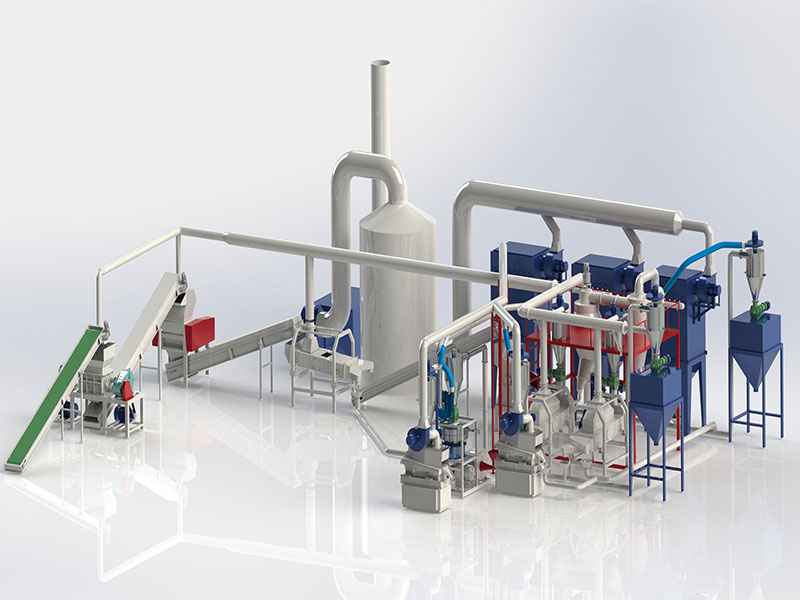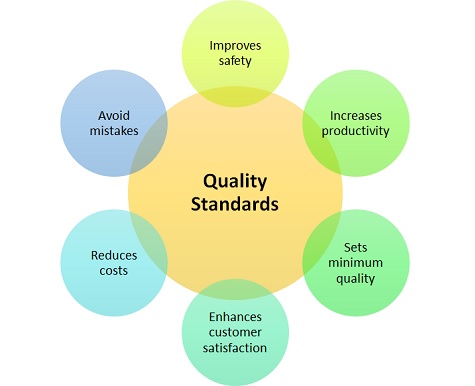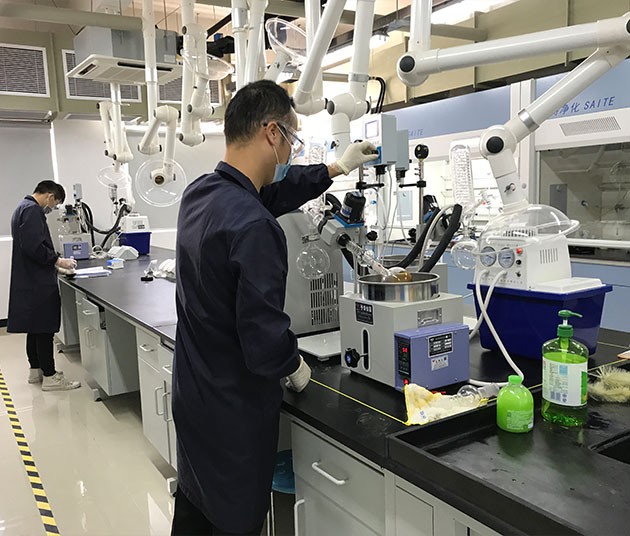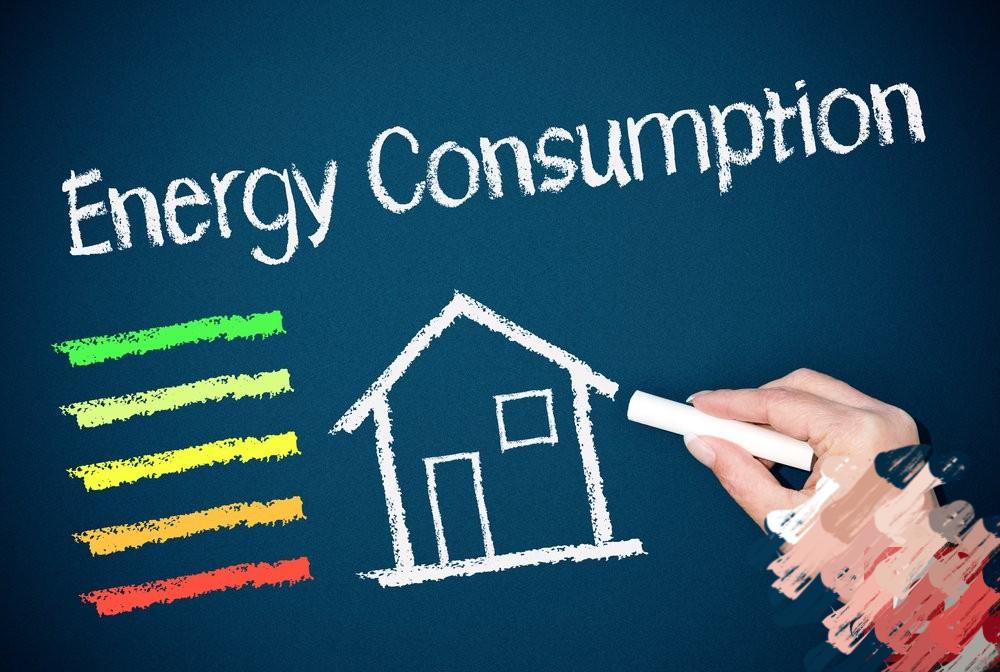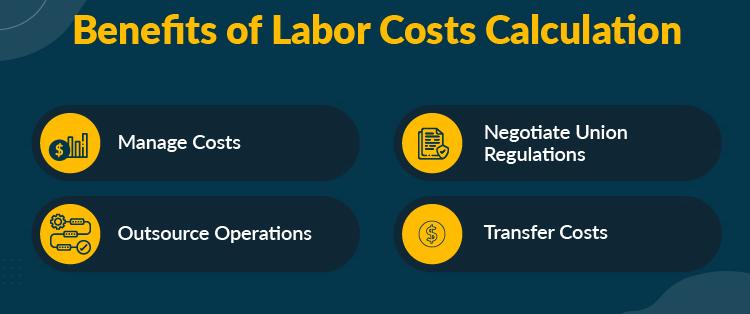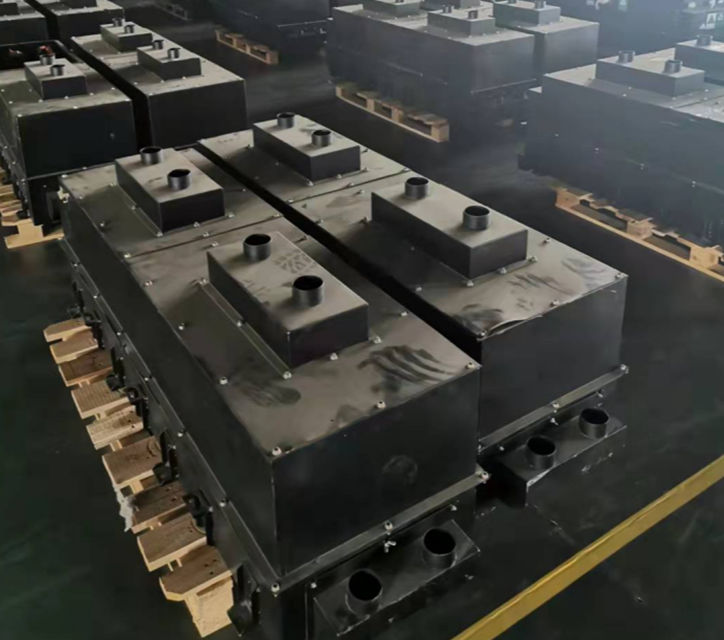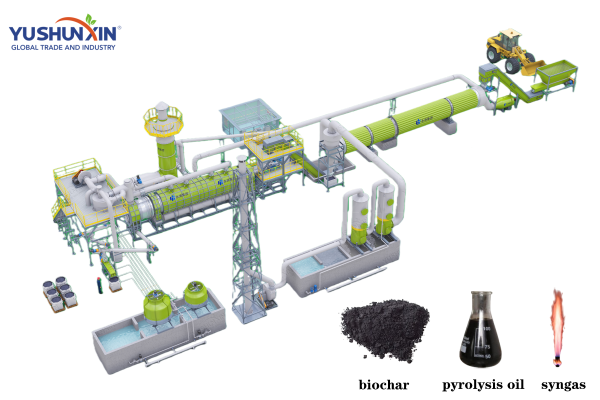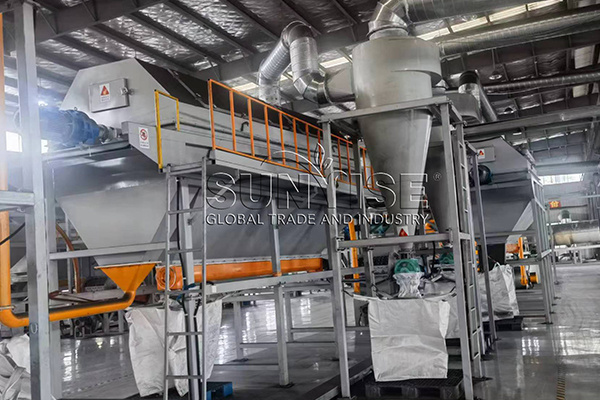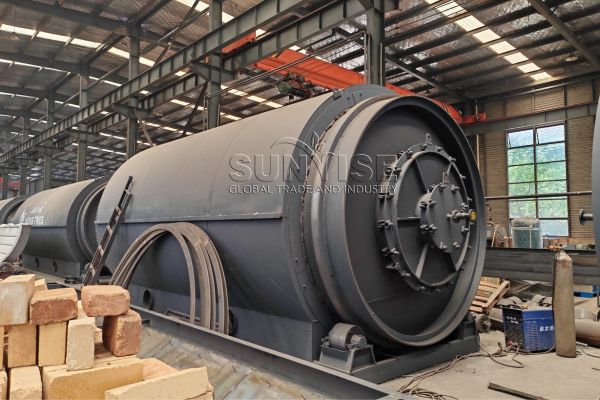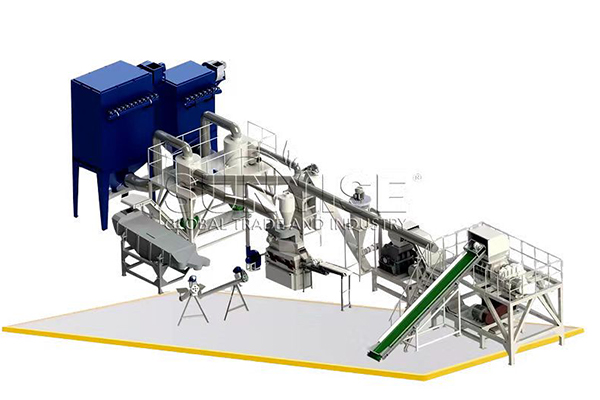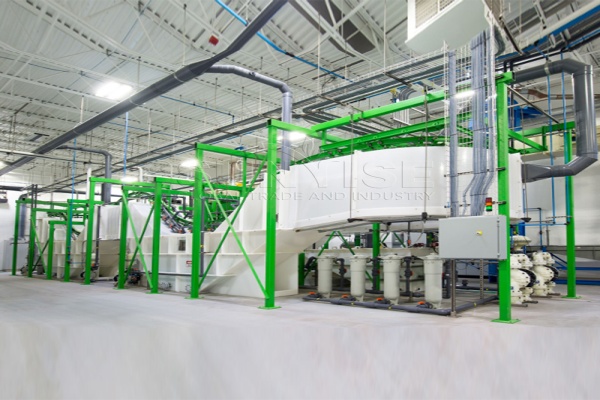As the adoption of electric vehicles (EVs) accelerates globally, the need for efficient and sustainable recycling solutions for electric car batteries becomes increasingly critical. Therefore, let’s explore an issue of great concern to our customers, which is the cost of recycling electric car batteries.
Key Factors Influencing the Cost of Recycling Electric Car Batteries
Initial Investment in Recycling Infrastructure
Operational Costs and Labor Considerations
Revenue Streams and Economic Viability
Impact of Production Scale on Recycling Costs
Professional Recommendations for Optimizing Recycling EV Batteries Costs
At YUSHUNXIN, we provide expert advice to help you optimize your recycling operations and reduce costs:
Curious about how spent lithium battery recycling lines work? Let’s explore YSX cutting-edge ewaste recycling solutions, request a demo, or learn how we customize recycling lines to fit your needs. Don’t miss out on reducing costs while boosting environmental impact!
Contact Us


